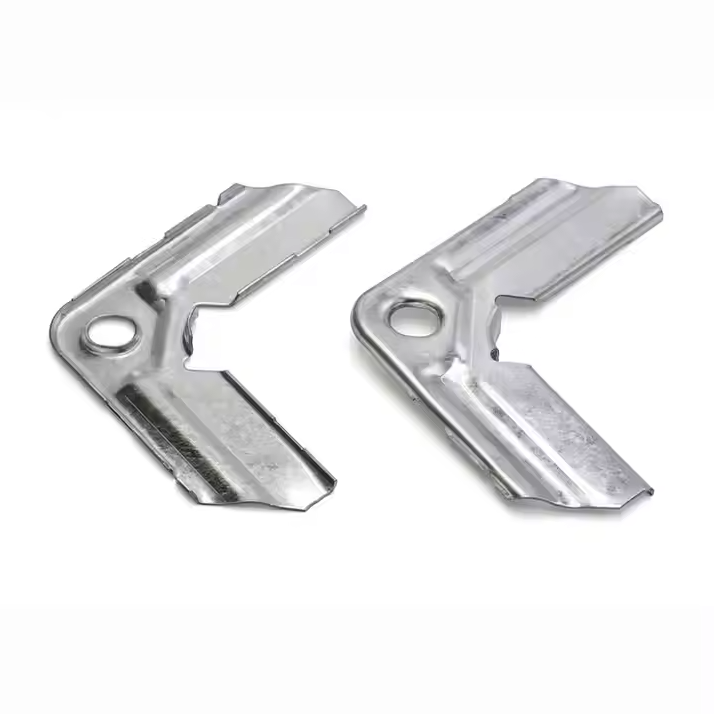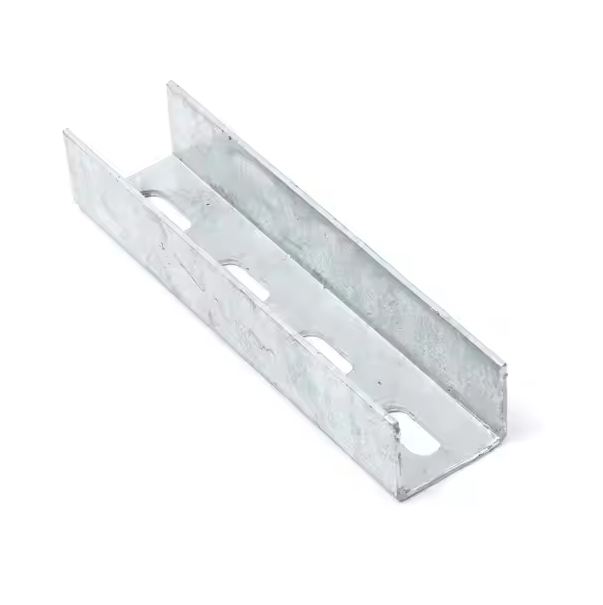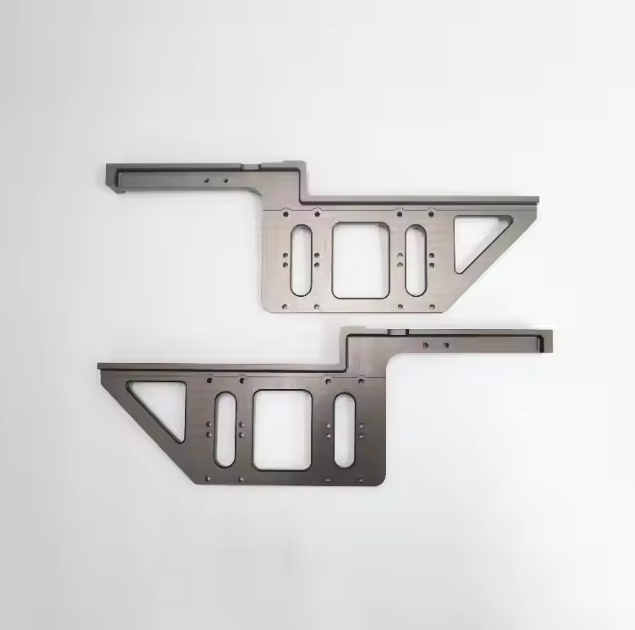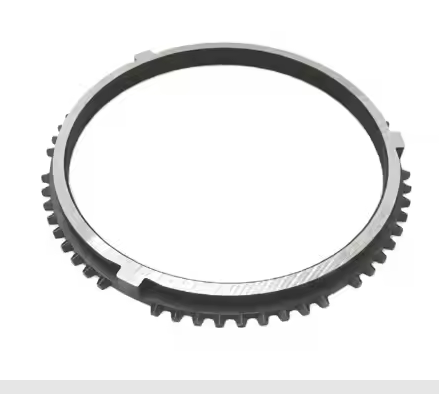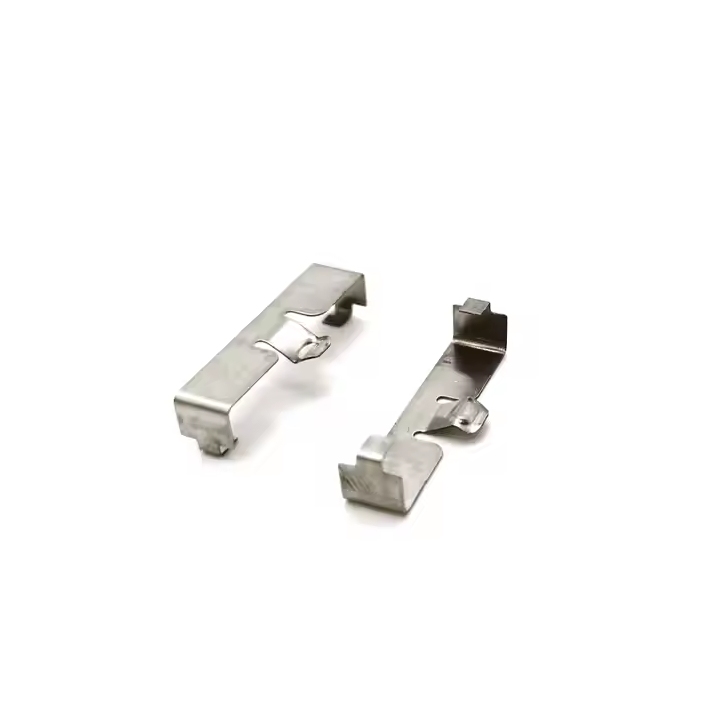Stretch forming is a stamping process that forms a flat plate into an open hollow part using a processing method. As one of the main processes of stamping, stretching has been widely used. The stretching process can be used to manufacture thin-walled stamping parts with irregular shapes such as cylindrical, rectangular, trapezoidal, spherical, conical, parabolic, etc. If combined with other stamping processes, more complex parts can also be manufactured.
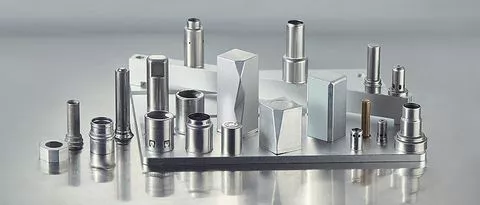
Types of stretch forming processes
Tensile processing: Using a platen device, the punch force is used to pull part or all of the flat plate into the die cavity to make it a container with a bottom. For the stretching of conical (or pyramidal) containers, hemispherical containers and parabolic containers, the side walls are parallel to the stretching direction, and expansion processing is also included.
Back-pull processing: In other words, for deep-drawn products that cannot be completed by one-time stretching, the formed products after stretching need to be stretched again to increase the depth of the formed container.
Reverse drawing processing: The tensile punch of the previous process is reversed to make the inner wall of the workpiece become the outer side and reduce its outer diameter.
Thin stretching processing: The formed container is squeezed into a die cavity slightly smaller than the outer diameter of the container with a punch, so that the outer diameter of the container with a bottom becomes smaller, the wall thickness becomes thinner, the offset is eliminated, and the surface of the container is smooth.
Stamping direction requirements for drawn parts
Ensure that the punch can enter the die;
Make the area of the punch in contact with the blank as large as possible, because this is most conducive to improving the deformation degree of the drawn parts;
The feeding resistance of each part of the pressing surface should be kept uniform, which is also a strong guarantee for the quality of the drawn parts.
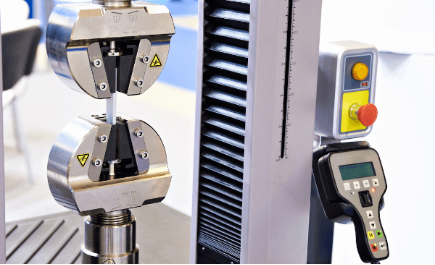
There are single stretching forming and multiple stretching forming
The characteristic of single stretching is that it can improve production efficiency. The disadvantage is that it is easy to be incomplete in one stretching, and the degree of change of each stretching is required and cannot change too much.
Multiple stretching can improve the qualified rate of products, and it is not easy to produce scrap. The intermediate stress of multiple stretching is relieved and annealed to soften. Multiple stretching can ensure that the accuracy, elongation coefficient and production efficiency of the workpiece are greatly improved. Multiple stretching can make the workpiece more even and reduce the defective rate of the workpiece.

Advantages of metal stretching
Can be applied to a variety of materials: aluminum, copper, brass, bronze, SUS304, SUS430, SPCC, SPHC, SPHE, etc.
Uniqueness of shape:Some shaped parts (such as cylindrical) can only be made by metal stretching, such as: conical, rectangular, spherical, box-shaped, stepped or other irregular thin-walled parts.
High production efficiency: Compared with most processes used to produce cylindrical parts/products such as CNC turning, using metal stretching to mechanize and automate the process can reduce production hours and greatly improve production efficiency.
Low cost of metal stretching:
Compared with metal stamping (40%~70%), the proportion of waste generated by the metal stretching process is lower (30%~40%).
Compared with the CNC turning process, the parts of the deep drawing die process greatly reduce the labor cost.
One-piece metal stretching technology can eliminate secondary processing (e.g. welding), thereby reducing production time and process costs.
Metal stretching can stably control the quality and strength of products/parts: Compared with similar parts/products made manually, using metal deep drawing dies to manufacture can reduce manual variation and effectively control the quality and stability of products/parts. During the calendering/deep drawing process, the hardness of the material may also change, thereby increasing the strength of the parts.
Metal stretching is also an important process for producing various cup-shaped utensils. It can replace the traditional process of spinning in mass production. Spinning is a stretching process that uses manual or machine tools to pile up materials on a rotating mold.

In the industry, metal drawing is a rare technology in metal stamping. Xuanmin continues to improve metal deep drawing and invests in related equipment, accumulating experience and learning from the process, becoming an expert in metal drawing. Xuanmin has a professional R&D team that understands the ductility of materials and can provide high-precision and complex solutions for different needs. If you have any needs, please contact us.
